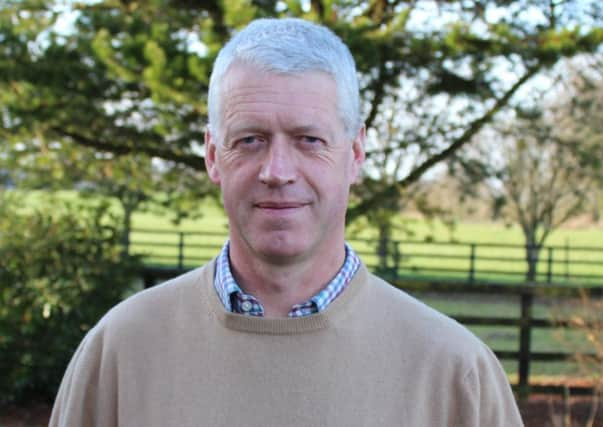Tree planting and climate change


Here in Northern Ireland, we have the perfect climate and soils to allow us grow trees in the most efficient and effective way possible.
From this point of view alone, planting more trees province–wide makes absolute sense.
Advertisement
Advertisement
The future is woodland creation: we can effectively tackle climate change with trees. Recent figures produced by the Confederation of Forest Industries (Confor) confirm that tree planting levels in Northern Ireland should be increased from 300 ha per annum in 2020 up to 3,000 ha in 2030, as part of the UK’s overall strategy of expanding our afforested and woodland areas in order to meet the challenge of climate change.
The problem is that as we move into 2020 current tree planting levels are coming in at only 200-300ha per annum. So, already, we are well below the projected planting targets that we will need to meet over the next decade.
So much for the bad news: the good news is that our politicians are, at long last, striving to reach a deal that will kick start devolution. It is to be hoped that a Minister of Agriculture, working at Stormont, would have the foresight and the determination to introduce meaningful forestry development measures that would have real impact locally.
Trees planted for productive forest or for purely environmental and conservation-related reasons will be equally effective, when it comes to mitigating the impact of climate change. All forest acts as carbon sumps throughout their life. However, those trees felled and their wood used for construction purposes will continue to deliver this benefit for the lifetime of the buildings in which the timber has subsequently been used in.
Advertisement
Advertisement
So much for what might possibly happen in the future. Getting back to the here and now, I can confirm that the 2019/20 tree planting season is in full swing. The coming days should see Forest Service confirming those applications that have been successful courtesy of this year’s Forestry Expansion Scheme (FES).
It is disappointing to note that planting levels secured in the first three years of the EU funded Rural Development Plan (RDP) have only reached about half the total area initially projected. If this trend is continued until the end of next year, significant sums of support money will remain unspent, all of which will – no doubt – be returned to Brussels.
Looking towards 2020, Forest Service has indicated that the final FES must be fully approved by the end of the calendar year. This will necessitate an earlier application period (normally July-September) and the completion of all administrative procedures, something we have been asking for, from the start of the RDP. This greatly assists by starting the tree planting season earlier, than has been the case to date.
The upcoming conclusion of RDP -FES begs the question: where now for forestry support in Northern Ireland? We remain the least forested region of the UK and the rest of Europe. We are falling well behind the tree planting rates agreed by Michelle O’Neill while she held the position of Stormont agriculture minister. For all the reasons highlighted above, tree planting has a key role to play in tackling climate change. The time to make decisions regarding our future tree planting strategy is now.
For further information, contact Premier Woodlands on (028) 79634236.